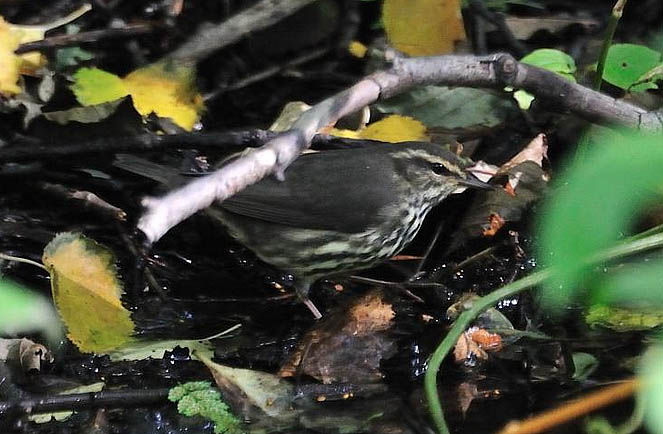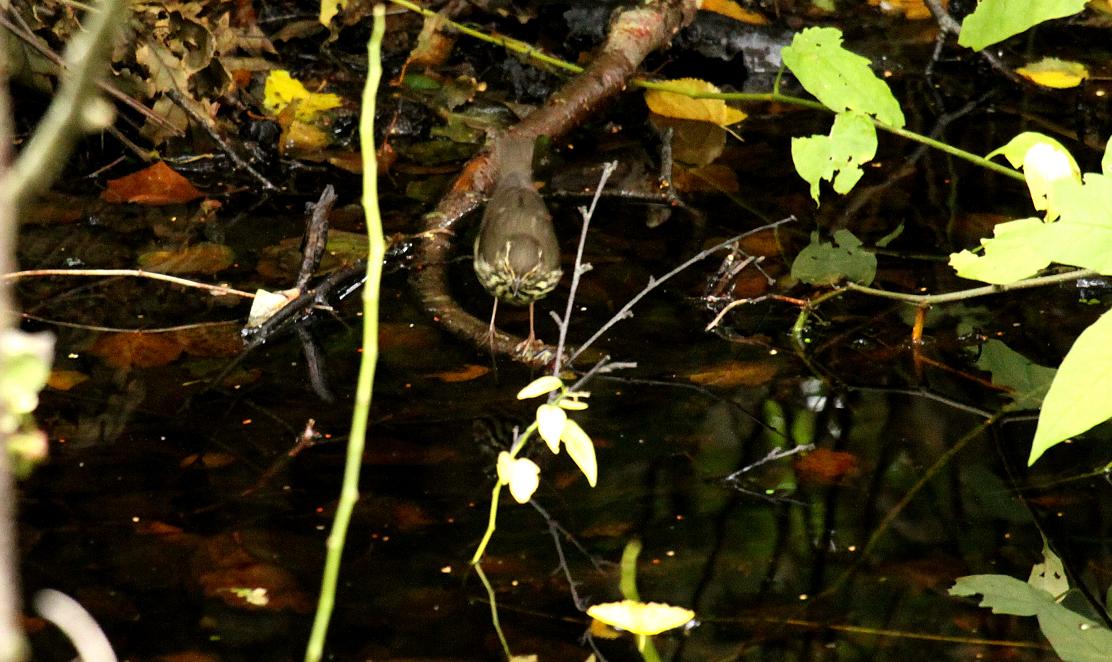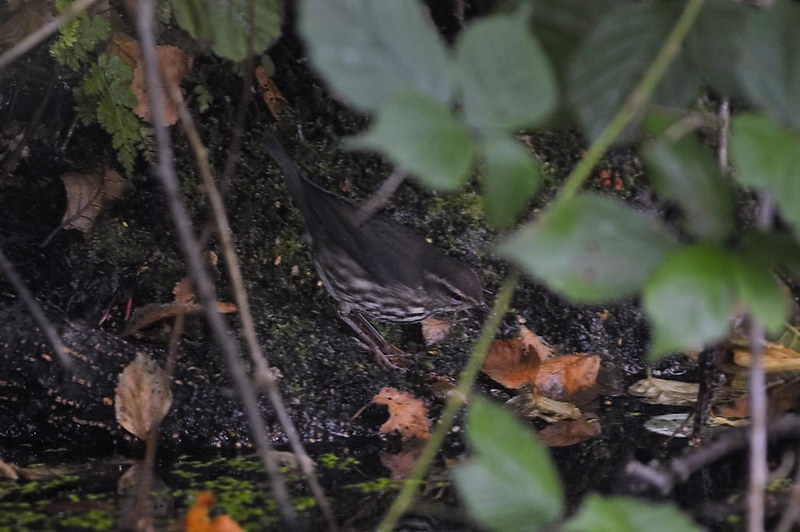
On Saturday 18 September 2010 Ben Gaxiola was birding on Vlieland at a place, known to few, the Oude Eendenkooi, a small pond in a small wood that was used to catch ducks for consumption. For years this place was a little neglected and it was overgrown with ferns. It is a place with a lot of potential and when I am on the island I will check it daily and sometimes I will take a nap too, because it was always quiet.
Not anymore... Ben (Benny as we used to call him, but he prefers Ben) - who also found the first Spanish Sparrow Passer hispaniolensis for the Netherlands - was birding quietly when he discovered at around 13:00 hours a small bird along the water edge, which he subsequently identified as a Northern Waterthrush Parkesia noveboracensis the first ever for the Netherlands. He warned the other birders - there were quite a lot because it was the first Deception Tours weekend of 2010. Panic broke loose and everyone on the island had to be patient, but finally all had satisfying views. In the meantime on the mainland several birders managed to get there before dark with their own transport (speedboat). Next day c 200 birders gathered and most of them had good views. I was there the same next morning, but before the crowds would arrive. With 15 birders we rented our private transport (a small vessel)! And I was back in time at home to celebrate my father's 80th birthday!



The bird stayed till Tuesday 21 September and was eventually seen by ca 300 birders. It was accepted as the first record for the Netherlands. At that moment it was the 500th species for the Netherlands.
Go to the main-index, the 2010-index or the next new species, the Spotted Sandpiper?
Northern Waterthrush is very rare in Western Europe, with 8 records in Britain and Ireland, and single records in France, New Jersey (Channel Islands) and the Azores. This would constitute the 12th record for Europe.